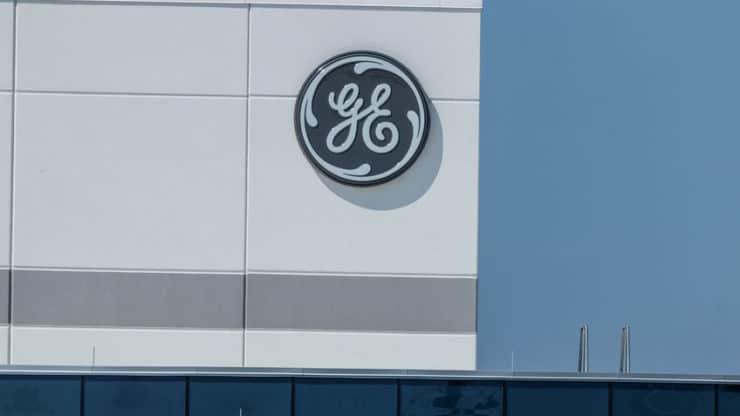The General Electric (NYSE: GE) stock price is firing on all cylinder this year as the transformation under Lawrence Culp continued. It has jumped by over 47% this year, outperforming the closely-watched Vanguard Industrial Index Fund (VIS), which has jumped by almost 17% this year.
Soaring demand continues
GE Aerospace is the world’s biggest aircraft engine company in the world, with over $200 billion in market cap.
It is a leading company that manufactures engines for narrow and wide body planes and defense industry.
The company also manufactures other systems used in the civil, avionics, and software industries.
It has done well this year after the company became an independent company. Before that, it separated with GE Healthcare and GE Vernova, its power businesses, which are currently valued at over $41 billion and $69 billion, respectively.
GE Aviation’s strong performance mirrors that of other aircraft engine manufacturers like Rolls-Royce, whose stock has soared by over 80% this year. Safran has jumped by over 35% while other companies in the industry like Lockheed Martin and RTX have soared to their all-time highs.
This performance is happening as airlines continue placing massive orders from firms like Embraer, Airbus, and Boeing.
Embraer’s backlog has jumped to over $21 billion while Boeing and Airbus have backlogs of 5,400 and 8,600, respectively.
These are substantial numbers and the trend will likely continue in the coming years. Besides, it is expected that the number of airline passengers will continue growing in the coming years as the middle class expands.
GE’s advantage over Rolls-Royce is that it manufactures both narrow and wide body engines while RR makes only the latter.
GE Aerospace is also benefiting from the ongoing geopolitical issues that have led to a surge in defense spending. This is notable since GE is a leading provider of the engines used by military aircraft.
GE is doing well
The most recent financial results showed that GE Aerospace’s revenue rose by 4% in the second quarter to over $8.2 billion. Its operating profit rose to over $1.9 billion while its free cash flow was over $1.1 billion.
This revenue growth was driven by both its commercial business. Its commercial division’s revenue rose to $6.1 billion, up from $5.7 billion in the same period last year. Also, its operating profit jumped to $1.7 billion.
GE, like other companies in the industry, makes money by selling engines, parts, and doing regular maintenance. Its services revenue rose by 14%
The Defense & Propulsion Technologies division remained steady at $2.4 billion while its order book dropped by 25% to $2.3 billion.
GE Aerospace believes that its business will continue doing well this year. Its operating profit for the year is expected to be between $6.5 billion and $6.8 billion. Also, its free cash flow is expected to rise from $4.7 billion in 2023 to between $5.3 billion and $5.6 billion.
Analysts, on the other hand, expect that its annual revenue will be $35.2 billion this year followed by $39.95 billion in the following year.
GE valuation concerns
A key concern for General Electric Aviation is that its valuation has become highly stretched. The forward price-to-earnings (P/E) ratio stands at 42, higher than the median estimate of 22.7.
Additionally, the company has a forward EV to EBITDA ratio of 25.6, higher than the industry median of 11. Most notably, its forward price-to-cash flow multiple of 33.
These numbers are higher than those of other industrial companies. For example, Lockheed Martin, which has jumped to a record high, has a forward P/E ratio of 21.6 while RTX has a forward multiple of 32. General Dynamics also has a forward multiple of 21.
These numbers mean that GE Aviation is a highly expensive company, meaning that it will need to continue having strong revenue and profitability growth.
GE stock price analysis
Turning to the weekly chart, we see that the GE share price has been in a strong bull run as investors cheer its turnaround, strong market share, and strong revenue growth.
GE shares have remained above the 50-week and 100-week Exponential Moving Averages (EMA).
On the other hand, the stock has formed a rising wedge chart pattern shown in blue. In price action analysis, this is one of the most bearish patterns in the market.
The other negative is that the Relative Strength Index (RSI) has formed a bearish divergence chart pattern. Also, the MACD indicator has formed a similar pattern.
Therefore, while the stock may have some more upside, there is a risk that it will have a pullback in the coming months. The key event to watch will be its earnings scheduled on October 22. Weak results could see it drop to the next support at $175.
The post GE Aviation stock gets overbought and overvalued: is it a buy? appeared first on Invezz

